‘Telling unique African American stories.’ New Gantt Center CEO looks to the future
- Oops!Something went wrong.Please try again later.
This is a momentous year for both the Gantt Center and Bonita Buford.
Buford has long been a familiar presence at the Harvey B. Gantt Center for African American Arts + Culture.
Her work at the Gantt dates to 2005, when she began as a consultant for what was then called the Afro-American Cultural Center. Six years later, she was named director of communications and operations, and later, chief operating officer.
And on Jan. 1, she reached another career highlight at the uptown arts and cultural center. That’s when she officially took over as president and CEO. Buford succeeded David Taylor, who served in that capacity for 14 years.
And 2024 is also when the Gantt is celebrating its golden anniversary of 50 years of operation.
Through her efforts in art acquisition, advanced technology, social change and innovation, Buford has several initiatives she plans to build on at the Gantt.
The Charlotte Observer recently spoke with Buford about her new leadership role, some of her favorite aspects of the Gantt and what the future will look like under her leadership.
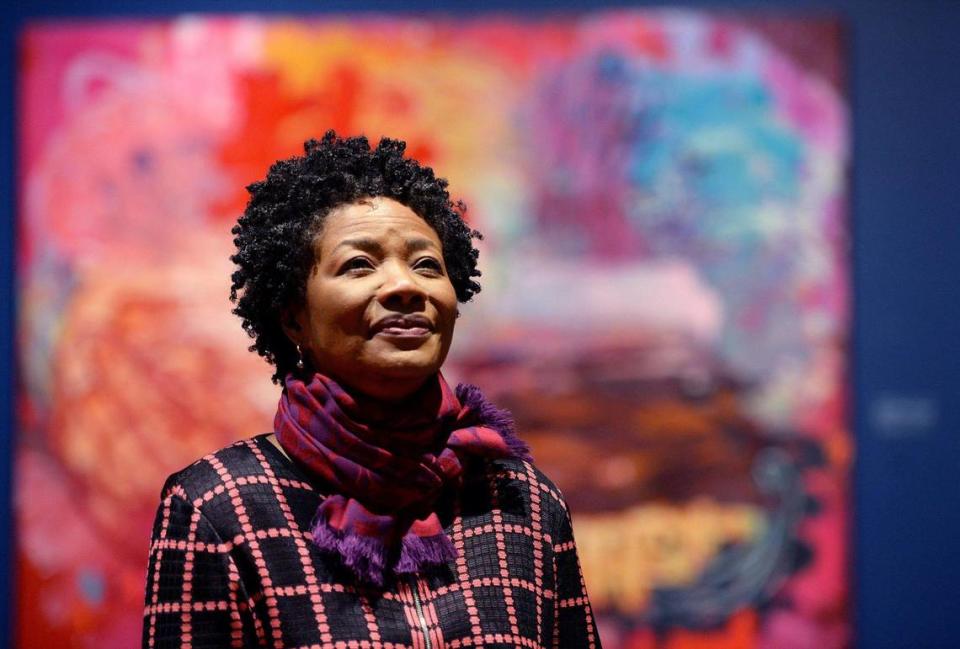
What drew you to this role?
The opportunity to be more fully engaged and to effect real social change in the community was important to me. A lot of what we do at the Gantt is to try to impact lives through the power of art. Being able to set that direction was important to me. We’re celebrating our 50th anniversary this year, and I want to make sure that we’re fulfilling the role that our founding mothers set in place: having a place to celebrate African American art, history and culture. To be able to stand on their shoulders and move us into the next 50 to 100 years was exciting.
How would you describe the center’s mission?
We’re a place where we are telling unique African American stories. African Americans are not a monolith, so there’s no end to the story, but we’re telling those stories through the arts. We’re also a safe space for those who are not African American, but who want to explore the art or culture, or engage in public conversations. If you have questions or just want to have authentic African American experiences, we are the place.
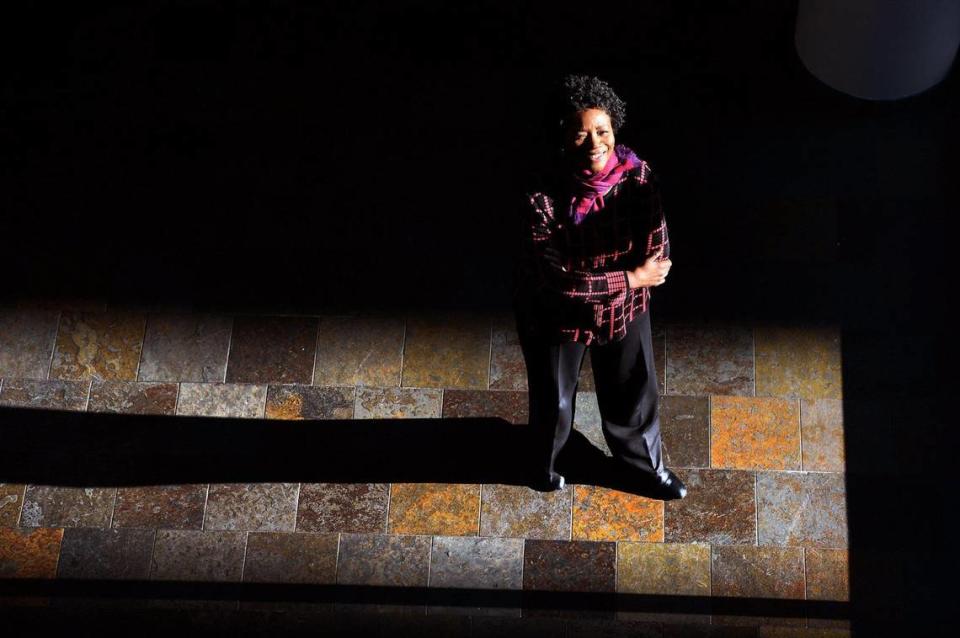
You’ve called the center a “brave” and “safe” space. What do you mean by that, and why is it important for our community?
Much of our work is social change through the arts. Arts allow people to open their minds. They disarm people so they don’t feel like they’re going to be lectured to. That’s the beauty and power of the arts. Artists are today’s philosophers and truth-seekers.
We launched the Initiative for Equity + Innovation after the (fatal) Keith Lamont Scott shooting (by Charlotte-Mecklenburg Police in 2016), so we have been hosting public conversations and using exhibitions we have created, like Welcome to Brookhill and Question Bridge, to facilitate conversations.
Last June, we had a facilitated discussion using those same exhibits, where we had people come in from the community to expand and go deeper. We launched the Gantt Teacher Institute, where we have had about 600 CMS students whose teachers go through experiential learning to build more equitable classrooms.
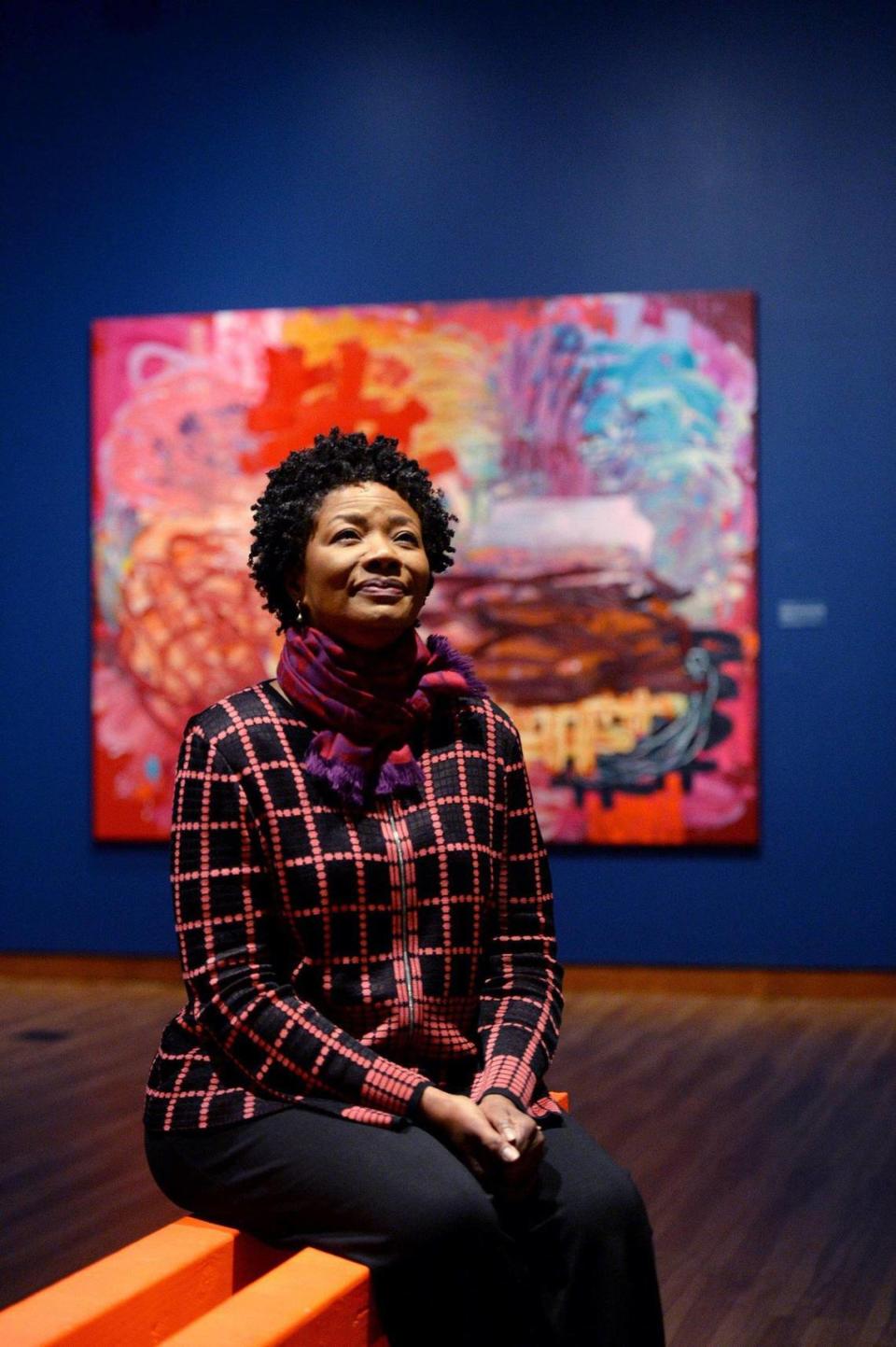
What do you wish people knew about the Gantt?
We’re not an art museum. We are a cultural center, built to museum standards.
We have three galleries, and we want to bring in the best work, so that people don’t have to go to New York to see (visual artist) Mickalene Thomas, for example. Rather they can come at the end of this month and see the work that she’s creating specifically for our show.
We want to bring established and emerging African American or African descendant artists to Charlotte. But we also want to be a place where African American artists who live here can thrive, have careers and not have to leave. This month, we launched a multidisciplinary artist residency for artists in North and South Carolina. We will provide professional development opportunities for them to exhibit their work at the end of the show.
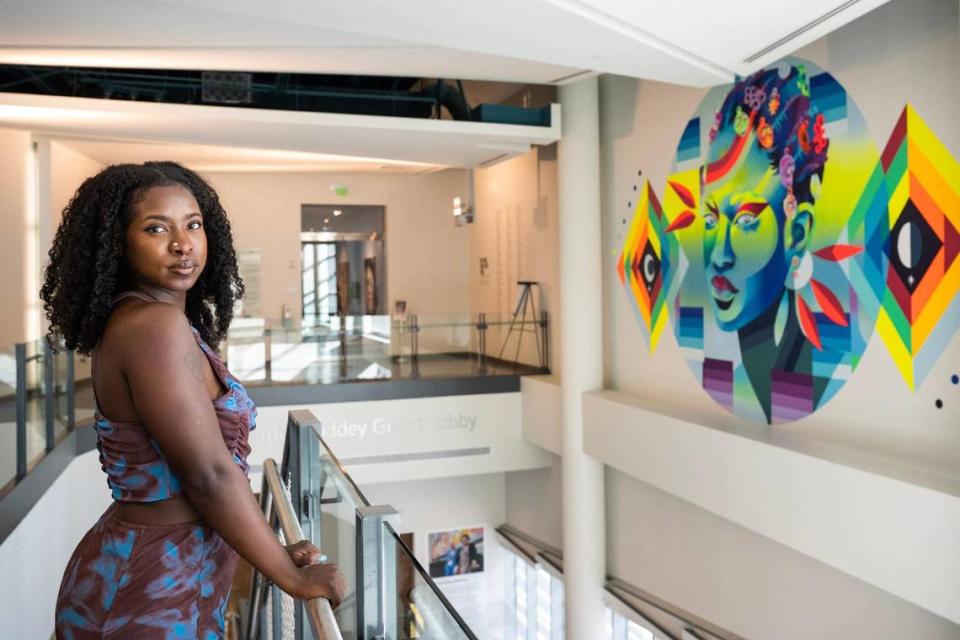
You’ve said that you plan to expand the Gantt’s art collection. How are you doing that?
Right now, our collection is primarily the masters in the Hewitt Collection, with Romare Bearden and Elizabeth Catlett... We’ve also been collecting some contemporary work, as we’ve had artists show here. We recently got a piece from Stephanie J. Woods, a native Charlottean.
I’m sure in 20 years, she’ll be considered one of the masters. The plan is to expand our collection in a more focused and strategic way. In some cases, donors gift works to us, and we are also purchasing works.
What’s your personal favorite part of the Gantt Center?
We curate a lot of exhibitions ourselves, and we also have a consultant curator, Dexter Wimberly. He’s curating a show to open at the end of January called A Superaltive Palette. It features Black women artists like Mickalene Thomas and Deborah Roberts, so I’m super excited about that.
I’m also a huge jazz fan, so I always insist that we do a program called “The Standard” with Harvey Cummings II, a saxophonist who lives here. He talks about the history of jazz and engages volunteers from the audience to show how scatting is the same as freestyle rapping, and people get to actually touch and play the instruments. We do some really fantastic programming, but that is my favorite.
What’s your biggest goal?
I definitely want to increase visitors. I want to walk in on a weekend and see just throngs of people here. How do we do that? Through multidisciplinary, intergenerational arts. The Gantt Center is made up of several communities: the community of artists, a community of elders and it’s a place where everyone can find their community. People are going to start seeing more regular dance, music, and theater here. The programming for our 50th anniversary is very multidisciplinary, and that’s a model of how we’ll continue to show up in the future.
What else should we know about the Gantt Center?
We are forward-thinking and definitely not resting on our laurels. For example, we’ve created a new beautiful digital arts studio in the center. It’s full of software and all kinds of technology for people who don’t have access and for people who are artists, for those who want to learn more about technology. The Gantt Center is a like a jewel box, but the jewels are inside. You really have to come inside and see it all.
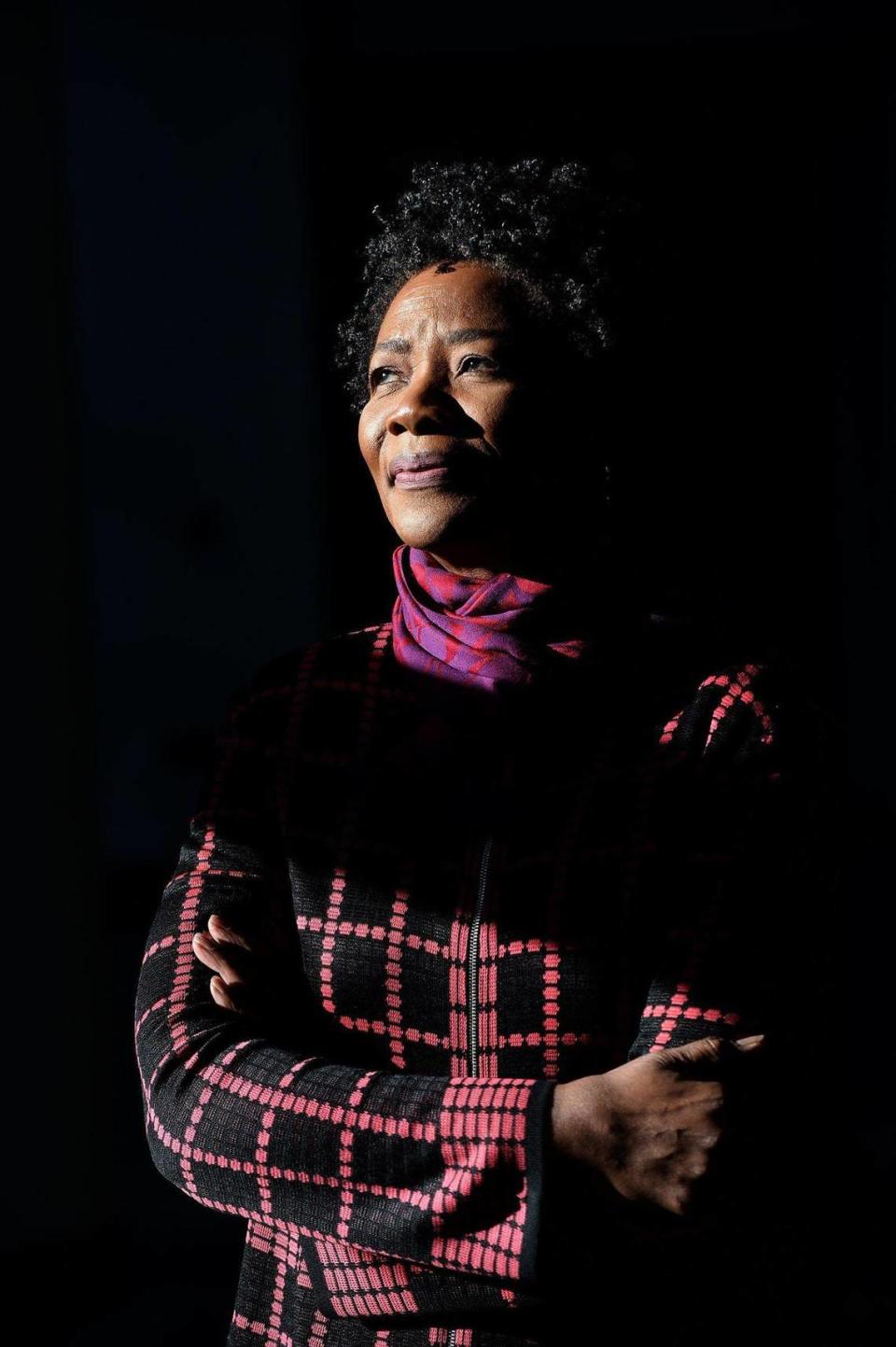
More arts coverage
Want to see more stories like this? Sign up here for our free “Inside Charlotte Arts” newsletter: charlotteobserver.com/newsletters. And you can join our Facebook group, “Inside Charlotte Arts,” by going here: facebook.com/groups/insidecharlottearts.

